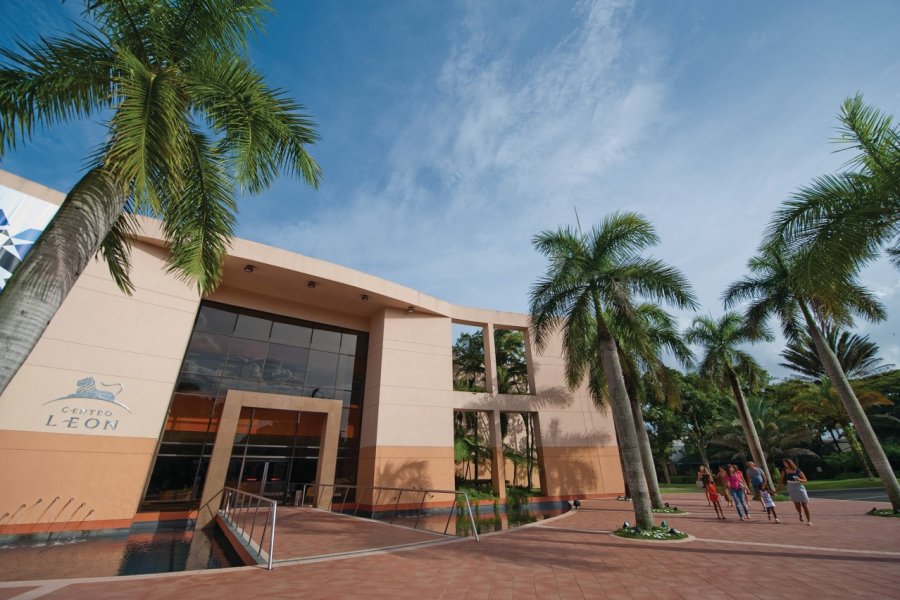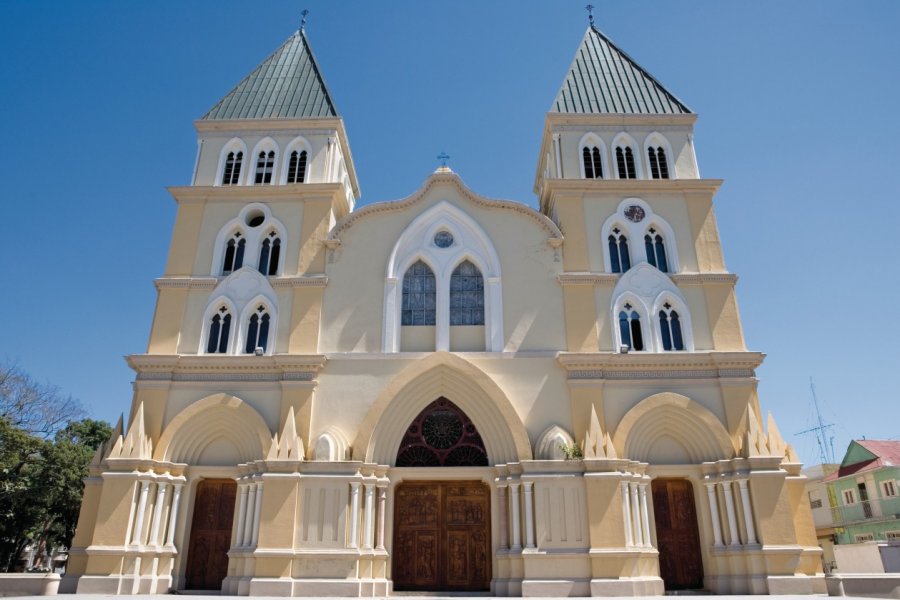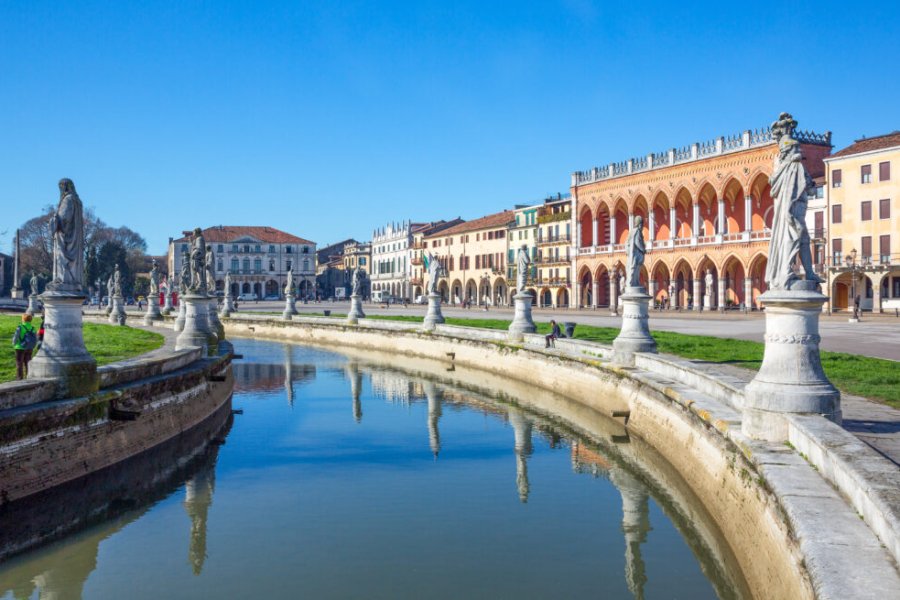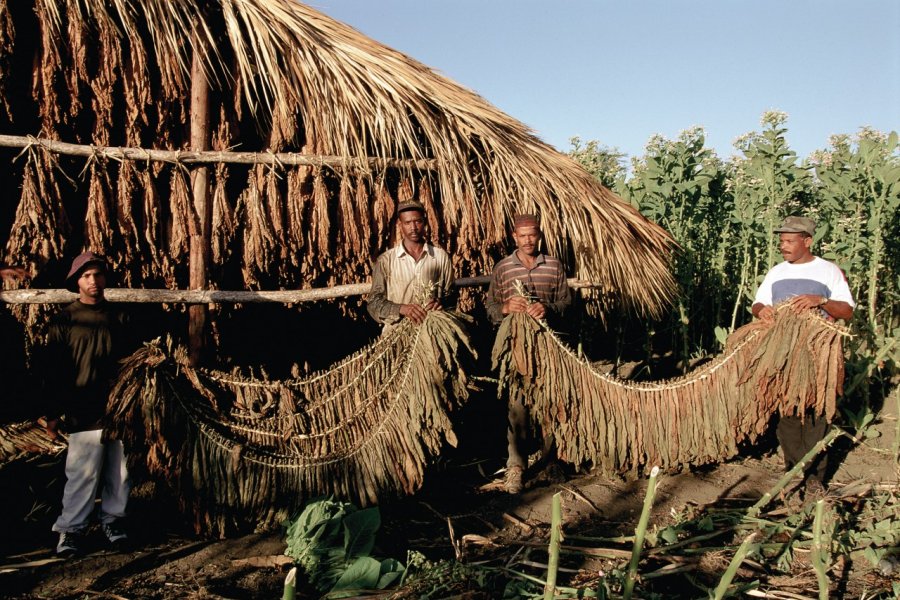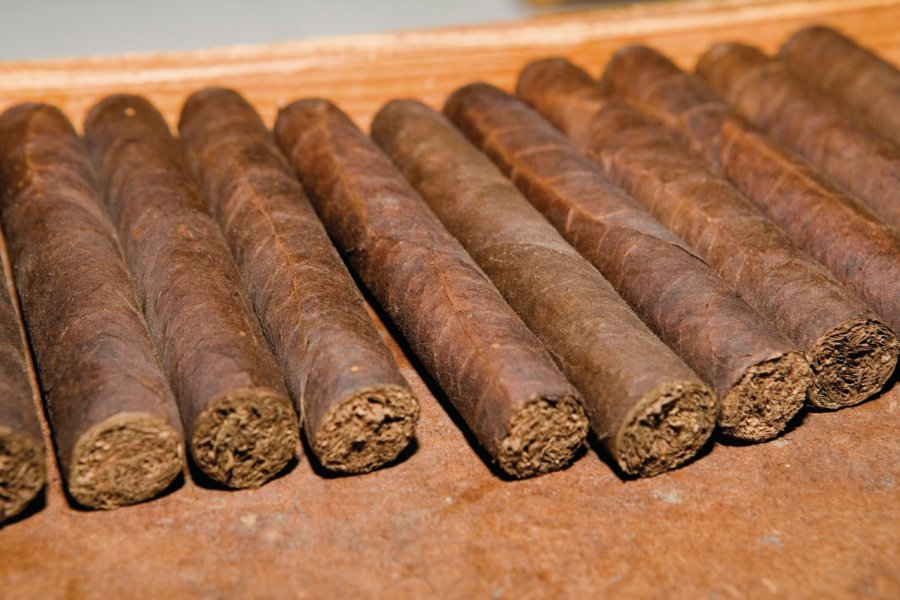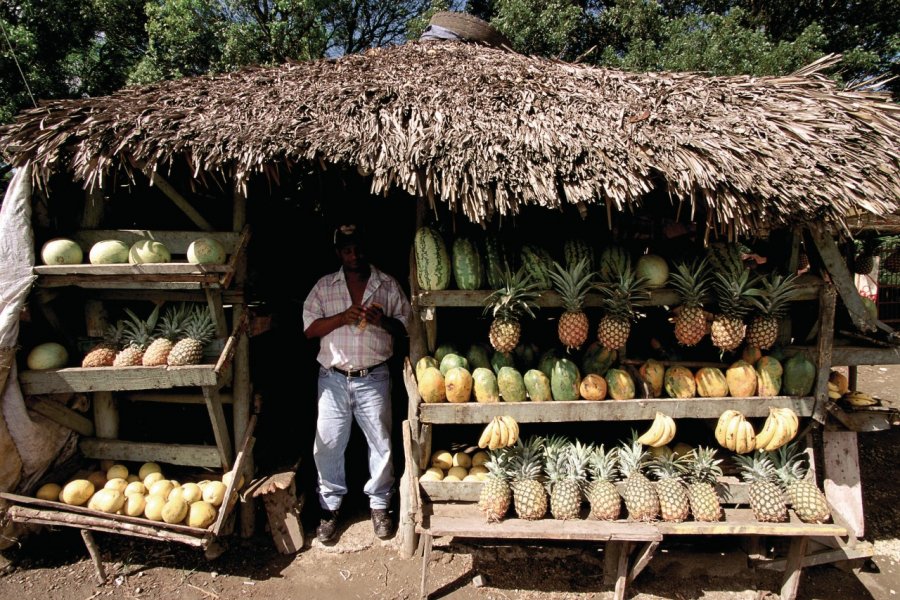Travel Guide Santiago De Los Caballeros
Find an accommodation
Advertising
Welcome to Santiago de los Caballeros. The Dominican Republic's second-largest city nestles in the heart of the Cibao Valley, which represents the country's winning triptych: cradle of merengue, rum and tobacco. Santiago de los Caballeros is 166 km from Santo Domingo and 61 km from Puerto Plata. It is reached via the Duarte highway, after crossing the magnificent rolling plain of the Cibao, a Taino name meaning "altitude and mountains". Santiago is the country's industrial center and the Dominican Republic's second-largest city. It is a thriving city of some 500,000 inhabitants. It is the capital of rum and cigars!True to its traditions, Santiago is famous for its carnival in February and August. This is where you'll see cohorts of lechones (pigs in disguise) representing the devil; their multicolored costumes, dotted with small pieces of mirror and decorations, are topped by papier-mâché masks whose horns identify the two traditionally rival groups, the Pepines and the Joya. But Santiago is also the birthplace of merengue, from Monte Adentro. It is danced to the sound of the guira, a rasp-shaped instrument scraped with a scrubbing tool, accompanied by the drum and accordion, and performed by trios called pericos ripiaos. Santiago's intense activity never ceases despite the heat of its narrow streets, where the shouts of street vendors cluttering the sidewalks rival the noise of traffic. However, don't get too tired during the day, as the nights are full of surprises. In fact, Santiago is renowned for its intense nightlife, with meetings taking place around the many bars. In fact, clubs, cinemas and discos often don't close until the early hours of the morning.The city is beautiful and rich in Victorian-style colonial buildings. To visit it, you can hire a cab for a few hours or a horse-drawn carriage from the parque Duarte or the parque central. It is advisable to negotiate the fare before departure.History. In 1504, Christopher Columbus, continuing his conquest, ordered the construction of a fortress on the banks of the Yaque del Norte river to protect the region's gold mines. The first colony of Spanish farmers was established here, consisting of 30 knights who gave the town its name: Santiago de los Treinta Caballeros. The original town was built in an area known as Jacagua, some 6 km from its present location. In 1507, King Ferdinand the Catholic granted it the title of city. It was to have a brief existence, however, as in 1562 a violent earthquake destroyed it and the towns of La Concepción and La Vega Real.Rebuilt in 1563 on its present site, Santiago has played an important role throughout Dominican history. Burned by the Haitian army during its retreat from the former Spanish colony in 1804, it took part in the War of Independence in 1844, temporarily became the country's capital in 1857 and participated in the war to restore the Republic, between 1863 and 1865. It was a fitting place to proclaim the restoration of the Republic, which was done on September 4, 1863.Whether by destiny or political legacy, the city has provided the Republic with many of its presidents. Its location in the heart of the rich and fertile Cibao region makes it of vital economic importance: agricultural production (coffee and sugar cane), mining, forestry and cattle breeding. Its major industries, however, remain tobacco, sugar and rum. All the more reason to keep the locals happy... especially as the city is home to one of the country's most important free trade zones. But don't be fooled into thinking that tobacco and rum are the only products produced here. Santiago also ensures the country's intellectual future thanks to its two major universities: the Universidad Tecnológica de Santiago and the Universidad Católica Madre y Maestra.
What to visit Santiago De Los Caballeros?
Advertising
Suggested addresses Santiago De Los Caballeros
Weather at the moment
Advertising
Organize your trip with our partners Santiago De Los Caballeros
Transportation
Book your plane tickets
Car Rental
Boat rental
Accommodation & stays
Find a hotel
Holiday rental
Find your campsite
Tailor-made trip
Immersion travel
Services / On site
Activities & visits
Find a doctor
